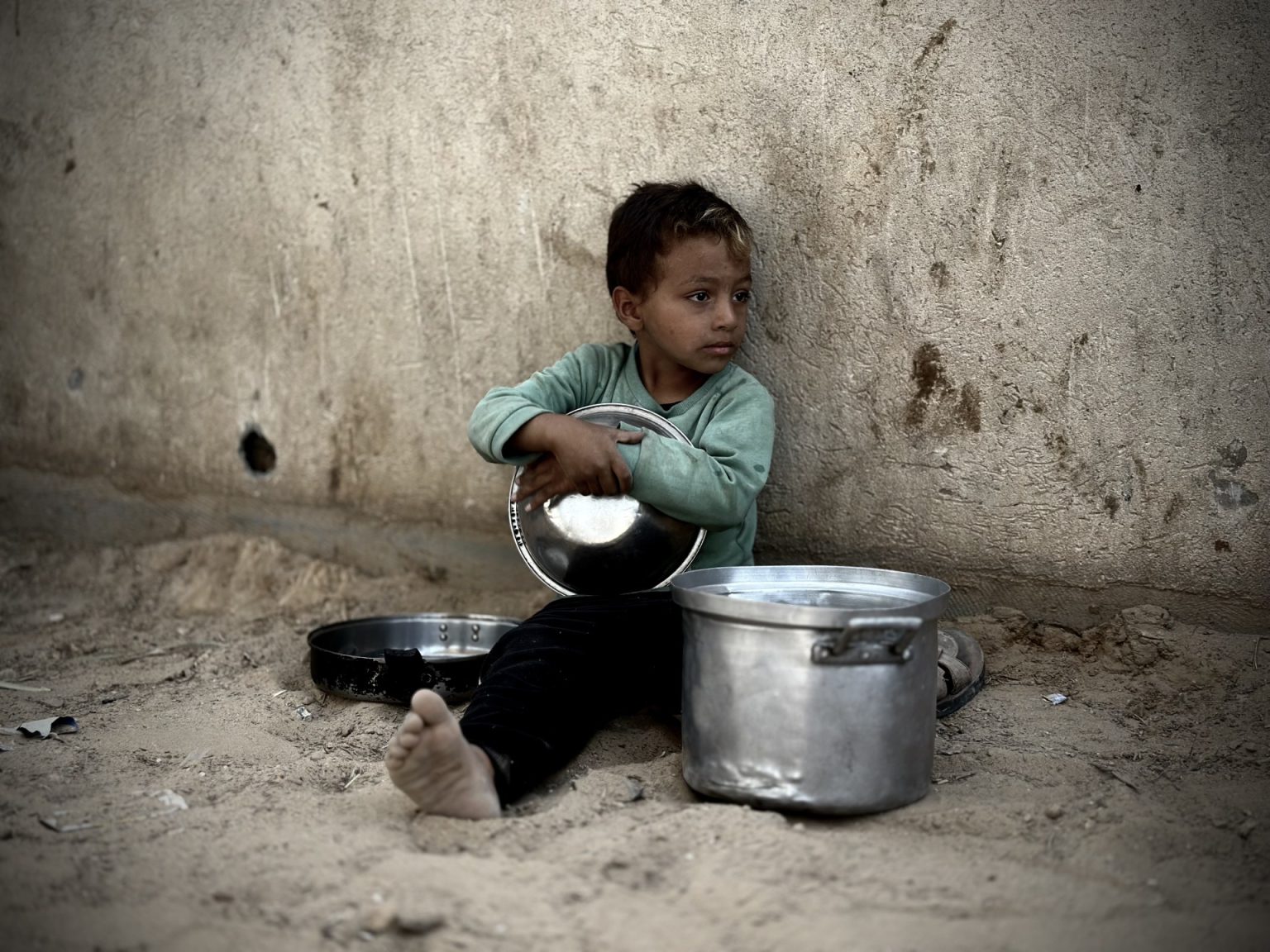The Palestinian territory, Sudan, South Sudan, Mali, and Haiti are the top five places identified by United Nations food agencies as most likely to experience deadly hunger levels in the coming months. The Food and Agriculture Organization and the World Food Programme issued a joint report warning that acute food insecurity is on the rise across 22 countries and territories. Conflict, climate change, and economic stressors are cited as key factors pushing millions of people to the brink of starvation in these regions.
The report specifically highlights the impact of Israel’s war in Gaza, with Lebanon also facing conflict, and the potential effects of the La Nina weather pattern on already vulnerable regions. Without immediate humanitarian efforts and international action to address these concerns, further starvation and loss of life are likely. Countries of “very high concern” include Nigeria, Chad, Yemen, Mozambique, Myanmar, Syria, and Lebanon, where conflict is a major driver of hunger.
It is noted that funding for humanitarian assistance has been declining, with 12 appeals facing significant funding shortfalls of over 75 percent, including for countries like Ethiopia, Yemen, Syria, and Myanmar. The agencies stress that their report does not encompass all countries experiencing high levels of acute food insecurity, focusing instead on the most severe and worsening situations. Urgent action is needed to prevent a worsening humanitarian crisis in these regions.
In Gaza, the report predicts that a significant portion of the population will face emergency or catastrophic levels of hunger in the coming months. The escalation of hostilities in the Gaza Strip has raised concerns about the potential for famine, with a large number of people already displaced. In Sudan and South Sudan, conflict, displacement, economic stagnation, and severe flooding are exacerbating food insecurity, with projections of famine and increased starvation in the coming months.
In Haiti, ongoing unrest due to gang violence, economic crisis, and hurricane activity is likely to worsen critical levels of hunger. In Mali, escalating conflict following the withdrawal of the UN peacekeeping mission in 2023 is expected to further deteriorate already critical food insecurity levels. The report also highlights the impact of conflict on food insecurity, including disruptions to livelihoods and income, limited market access, and price fluctuations. Extreme weather events caused by climate phenomena like La Nina could also worsen hunger conditions in these regions.













